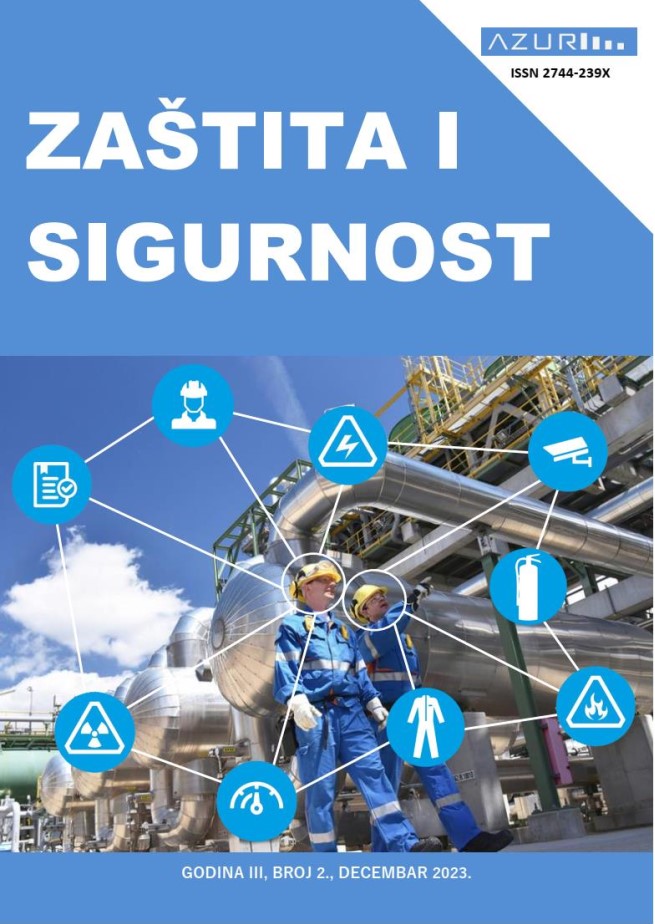PAMETNI GRADOVI ZA SMANJENJE RIZIKA OD KATASTROFA: KORIŠTENJE TEHNOLOGIJE I INOVACIJA ZA OTPORNO URBANO OKRUŽENJE
SMART CITIES FOR DISASTER RISK REDUCTION: USING TECHNOLOGY AND INNOVATION FOR A RESILIENT URBAN ENVIRONMENT
Author(s): Edin Garaplija, Sara PrgudaSubject(s): Economy, Business Economy / Management, Rural and urban sociology, ICT Information and Communications Technologies
Published by: Asocijacija za upravljanje rizicima u BiH
Keywords: Smart Cities; Disaster Risk Reduction (DRR); Technology and Innovation; Resilient Environments; Crisis Management;
Summary/Abstract: This paper explores the role of smart cities in using disaster risk reduction (DRR) technology and innovation to create resilient urban environments. With increasing prevalence of urbanization and escalating threats posed by natural and man-made disasters, the need to integrate smart solutions into disaster risk reduction strategies has become crucial. This research addresses a gap in the existing literature by examining specific ways in which smart cities can contribute to disaster risk reduction efforts and improve urban resilience. The aim of this study is to investigate how the integration of technology and innovation can improve disaster risk reduction in smart cities. The research question focuses on identifying key technological advances and approaches that can be leveraged to mitigate disaster risk and improve urban preparedness. The research approach includes a comprehensive review and analysis of existing literature, case studies and best practices in the field of smart cities and disaster risk reduction. The key message of this research is that the adoption of smart technologies and innovative approaches in urban environments has the potential to significantly improve disaster risk reduction outcomes and build resilient cities. The findings highlight the importance of collecting, analyzing and using real-time data for early warning systems, risk assessment and emergency response. In addition, the study highlights the role of citizen engagement, community-based monitoring and participatory approaches in promoting resilience and ensuring the effectiveness of disaster risk reduction measures. The significance of these discoveries lies in their contribution to the fields of urban planning, disaster management and technological integration. Highlighting the potential benefits and challenges of implementing smart city solutions for disaster risk reduction, this research provides valuable insight to policy makers, urban planners and practitioners. The study highlights the need for collaborative efforts among government agencies, academia and technology providers to develop holistic strategies that harness the full potential of smart technologies to create resilient and sustainable urban environments. In conclusion, this research highlights the transformative role of smart cities in DRR, demonstrating the potential of technology and innovation to mitigate disaster risk and strengthen urban resilience. The findings highlight the importance of incorporating smart solutions into urban planning processes, policy frameworks and community engagement initiatives. By adopting a proactive and integrated approach to disaster risk reduction, cities can effectively respond to and recover from disasters, ultimately creating a safer and more sustainable urban environment for their residents.
Journal: ZAŠTITA I SIGURNOST
- Issue Year: 2023
- Issue No: 2
- Page Range: 70-92
- Page Count: 23
- Language: Bosnian

